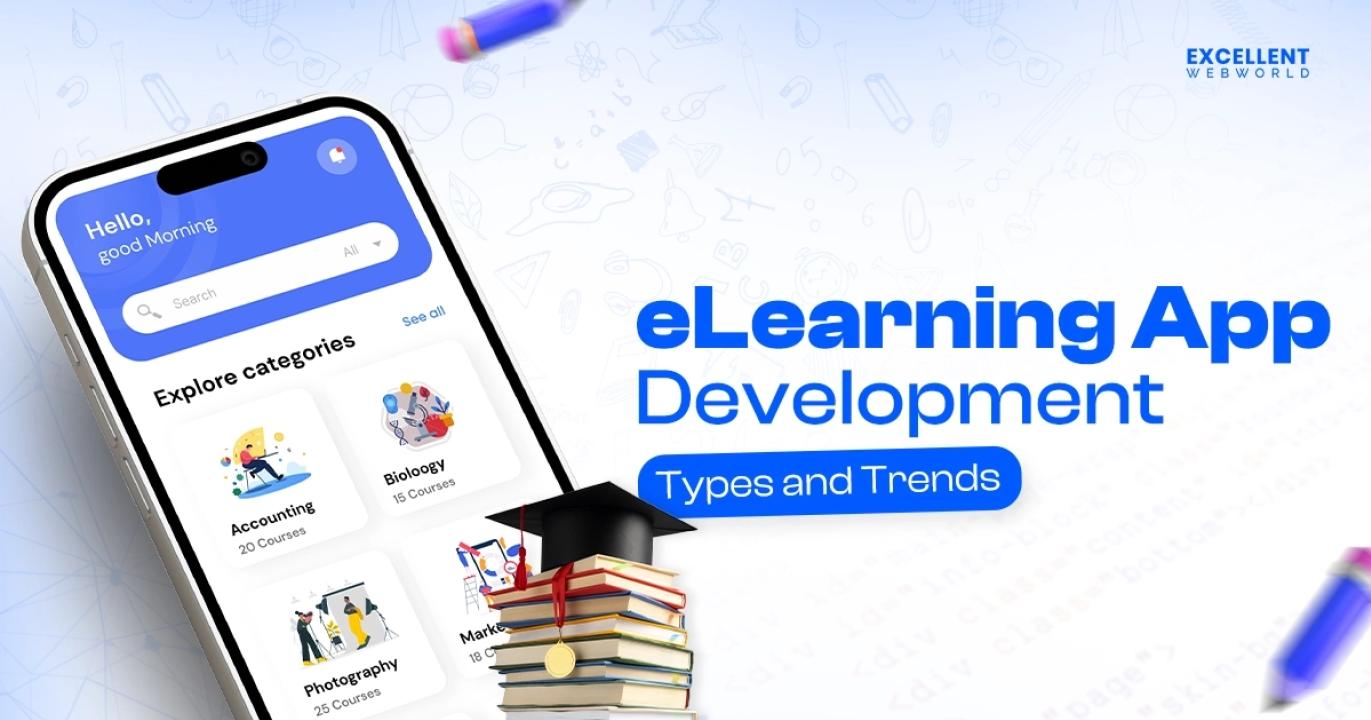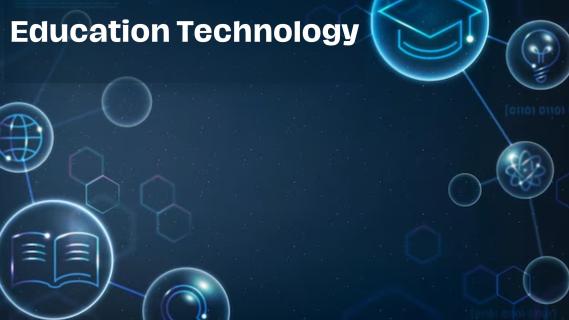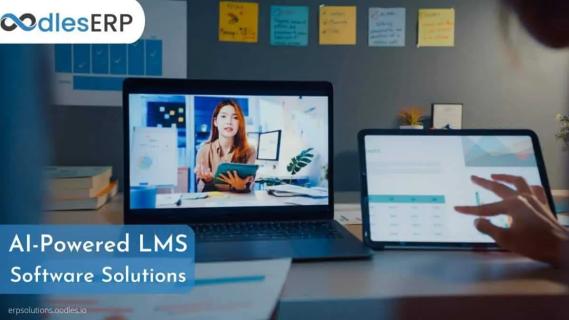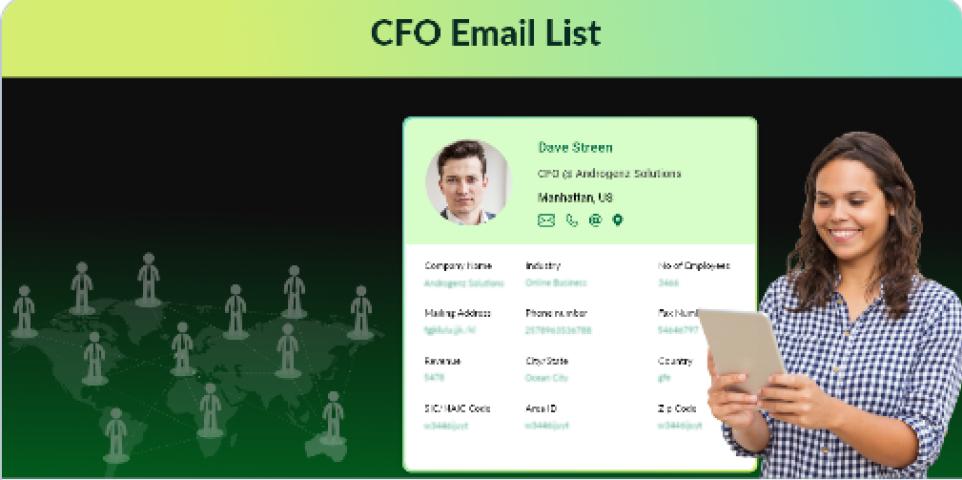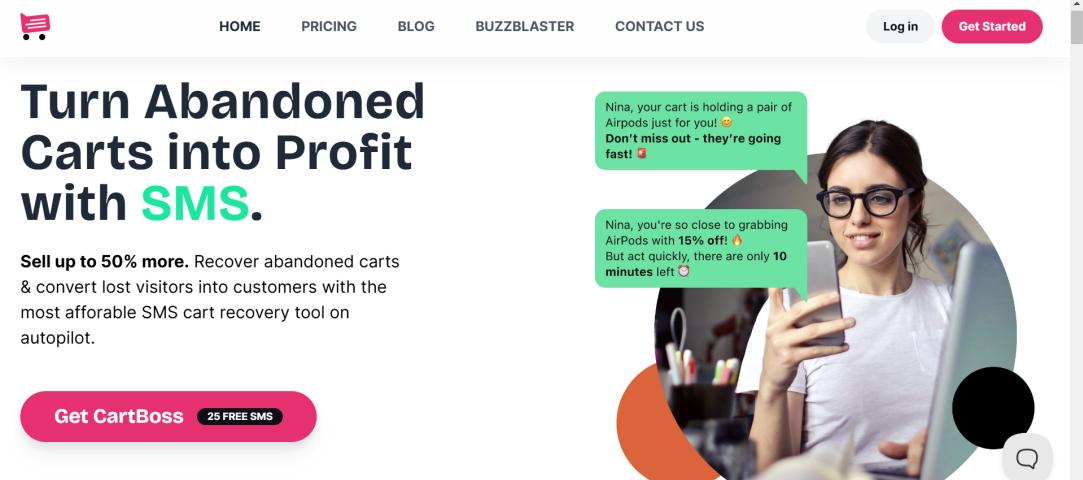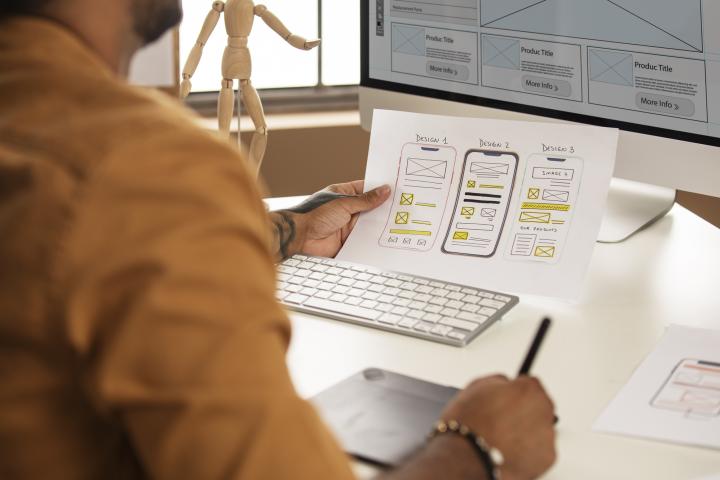In today’s digital era, education is undergoing a significant transformation, with mobile learning (m-learning) playing a pivotal role. As smartphones and tablets become more prevalent, students and professionals alike are leveraging mobile technology to access educational content anytime, anywhere. This shift is not just a convenience but a necessity, given the increasing demand for flexible and personalized learning experiences.
Moreover, as institutions and businesses invest in eLearning App Development, the adoption of mobile learning solutions continues to rise. This article explores the impact of mobile learning on modern education, its benefits, challenges, and future trends.
What is Mobile Learning?
Mobile learning (m-learning) refers to the use of mobile devices such as smartphones, tablets, and laptops to access educational resources and training programs. Unlike traditional eLearning, which often requires a desktop setup, m-learning enables students to learn on the go, making education more flexible and accessible.
Benefits of Mobile Learning in Education
1. Enhanced Accessibility and Convenience
One of the most significant advantages of mobile learning is its accessibility. According to Statista, there are over 6.8 billion smartphone users worldwide as of 2023, demonstrating the vast potential of mobile education. Learners can access courses, lectures, and study materials from anywhere, removing geographical and time constraints.
2. Personalized Learning Experience
Mobile learning platforms leverage Artificial Intelligence (AI) and Machine Learning (ML) to tailor content to individual learning >
3. Microlearning for Better Retention
Microlearning, a key feature of mobile learning, delivers information in bite-sized modules, making it easier for learners to absorb and retain knowledge. Studies suggest that microlearning improves retention rates by 20% compared to traditional learning methods (Source: Journal of Educational Psychology).
4. Interactive and Engaging Content
M-learning incorporates gamification, quizzes, and multimedia elements, enhancing student engagement. Features like leaderboards, rewards, and real-time feedback motivate learners to complete courses effectively.
5. Cost-Effectiveness
Mobile learning reduces the cost of traditional education, such as classroom infrastructure, printed materials, and transportation. Businesses also benefit by providing training via mobile-friendly Learning Management Systems (LMS), cutting down expenses while ensuring employee development.
Challenges of Mobile Learning
1. Digital Divide and Connectivity Issues
Despite its benefits, mobile learning is not equally accessible to all. Limited internet connectivity and lack of access to high-quality devices hinder learning opportunities, especially in rural and underdeveloped regions.
2. Distractions and Reduced Attention Span
With social media, notifications, and other distractions, students may find it challenging to focus while using mobile devices for learning. Effective time management strategies and distraction-free learning environments are essential to counteract this issue.
3. Security and Privacy Concerns
The increased use of mobile learning platforms raises concerns about data security, cyber threats, and student privacy. Institutions must implement stringent cybersecurity measures to protect sensitive information.
Future Trends in Mobile Learning
1. Integration of AI and Chatbots
AI-powered chatbots and virtual assistants are transforming mobile learning by providing instant support, answering queries, and guiding students through personalized learning paths.
2. Augmented Reality (AR) and Virtual Reality (VR) Learning
Immersive technologies such as AR and VR are redefining education by offering interactive simulations, virtual labs, and 3D learning environments, making complex concepts easier to understand.
3. Blockchain for Credentialing and Verification
Blockchain technology is being utilized for secure digital certificates and credential verification, ensuring the authenticity of degrees and certifications obtained via mobile learning platforms.
4. 5G and Enhanced Connectivity
The deployment of 5G networks will significantly improve mobile learning experiences by enabling high-speed internet, real-time collaboration, and seamless multimedia streaming.
Conclusion
Mobile learning is revolutionizing modern education by making learning more accessible, engaging, and personalized. As eLearning App Development continues to advance, the future of education will be shaped by innovative technologies like AI, AR/VR, and blockchain. However, addressing challenges such as connectivity, security, and distractions is crucial to maximizing the potential of m-learning.
For educational institutions and businesses looking to stay ahead, investing in mobile learning solutions is not just an option—it’s a necessity. If you’re interested in developing a robust eLearning App, explore our custom eLearning app development services to create a seamless and interactive learning experience.
